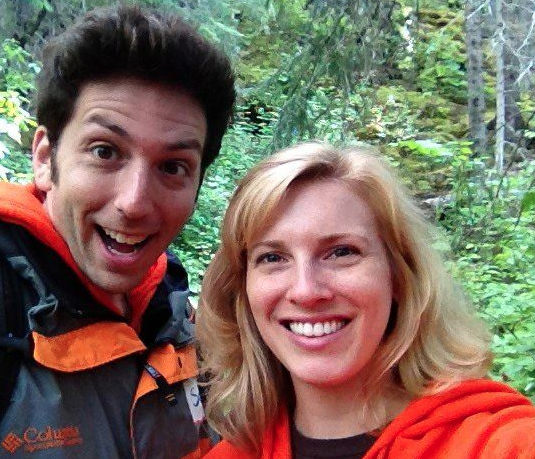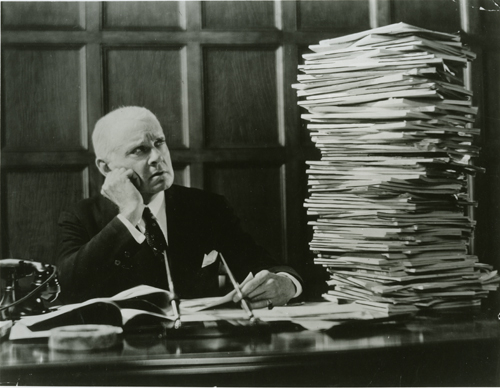
Unlike a certain former president, I do inhale.
Nothing drug related.
It’s just part of my job.
Here’s a list of my favorites from this year so far.
1. The Challenger Sale. If you help customers think differently and bring them new
idea, then you earn the right to a relationship.
2. Art+ Copy. It’s not a truth about the product, it’s about being part of the
community that the product is a badge for.
3. Charlie Kaufman’s Speech. We try to be experts because we’re scared and don’t want to
feel foolish or look stupid. We want power because power is a great disguise
4. The Cluetrain Manifesto. We have better things to do than worry about whether
you’ll change in time to get our business.
5. Digital Vertigo. Our entire bodies and histories are being opened up and colonized and
stored by the very people who want to sell us things.
6. Helvetica.
Most design is a dull blanket of sameness that says do not read me because I
will bore the shit out of you.
7. The Intention Economy. Advertising is something people tolerate at best and loathe
at worst. Improving a pain in the ass does not make it a kiss.
8. To Inform and Delight. The role of art is to give people the gift of common ground
so they don’t kill each other.
9. The Nerdist Way. You certainly can’t control everything, but you can at least put a
structure in place that tips the odds heavily in your favor.
10. Page One. If you write about the media long enough, eventually you’ll type your way
to your own doorstep.
11. Objectified.
Design something that gets better with use, something that’s plugged into
natural human behavior.
12. One Click. We’re supposed to care deeply about customers, provided we can care
deeply about them at an incredible rate of speed.
13. Press Pause Play. When everything is left to the audience, you’re undermining the
seriousness of the artistic endeavor.
14. The Startup of You. Place yourself in a market niche where your existing assets
shine brighter than the competition.
15. Gary Vee’s Speech. You don’t love your customer, you love your data. You have millions
of eyeballs that don’t give a shit.
16. Steve Jobs: The Lost Interview. The way we’re going to ratchet up our species is to
take the best and spread it around to everybody so everybody grows up with
better things
17. Smart Customers, Stupid Companies. Each touch point either brings customers closer to
you, or helps to push them out the door.
18. Turning Pro. Something that’s boring goes nowhere. It travels in a circle. It never
arrives at its destination.
19. Users,Not Customers. Today’s business environment demands a frictionless interaction
between company and customers.
Thanks to all the geniuses who exhaled to make this happen!










